

Want the most immersive VR experience? Whether you're looking for a standalone headset or one that tethers to your PC or console, we tried to summarize the reviews of vr headsets in our article here. In order to get the best VR experience possible, you really need to get the best VR headset for you and your needs. For that reason, we've created this guide to help you find your perfect headset, in terms of your budget, the space you have and, most important, what you're expecting to get out of your dream VR experience. Not sure which one is the best vr headset? which one is the right for you? up to your expectations. is it for corporate training? or looking for gaming? Don't worry. We've tried them all, and can now offer definitive advice on each and every model. So, without further ado, read on for our pick of the best VR headsets for a whole range of setups and budgets.
Modern VR headsets now fit under one of three categories: Mobile, tethered, or standalone. Mobile headsets are shells with lenses into which you place your smartphone. The lenses separate the screen into two images for your eyes, turning your smartphone into a VR device. Mobile headsets like the Samsung Gear VR and the Google Daydream View are relatively inexpensive and because all of the processing is done on your phone, you don't need to connect any wires to the headset.
While they can offer a taste of VR, mobile headsets don't provide the full experience. They tend to offer three-degrees-of-freedom (3DOF) motion tracking, following your direction but not your position. They also only come with one motion controller, which is also 3DOF-only. You don't get the same immersiveness you do with six-degrees-of-freedom (6DOF) motion tracking and dual motion controllers, which might be why Google and Samsung have been largely quiet lately about their mobile headsets.
Tethered headsets like the Oculus Rift S, the HTC Vive Cosmos, and the PlayStation VR are physically connected to PCs (or in the case of the PS VR, a PlayStation 4). The cable makes them a bit unwieldy, but putting all of the actual video processing in a box you don't need to directly strap to your face means your VR experience can be a lot more complex. The use of a dedicated display in the headset instead of your smartphone drastically improves image fidelity, and either external sensors or outward-facing cameras on the headset provide full 6DOF movement tracking.
Rift S and Vive headsets need pretty powerful PCs to run, while the PS VR requires a PlayStation 4. If the cost isn't a deal breaker but the cables are, HTC offers a wireless adapter for the Vive, but it requires a desktop PC with a free PCIe slot to work. There are also third-party wireless adapters for the Rift, but we can't guarantee how well they work.
The Oculus Go is an affordable, comfortable standalone virtual reality headset that lets you try out VR without making a big investment in hardware.
PROS and CONS
+ No phone, PC, or game system required.
+ Crisp, fluid display.
+ Relatively affordable.
+ Cable-free.
- Underpowered compared with tethered and flagship smartphone-powered headsets.
- Just one motion controller.
- Limited software library.
- Doesn't track position.
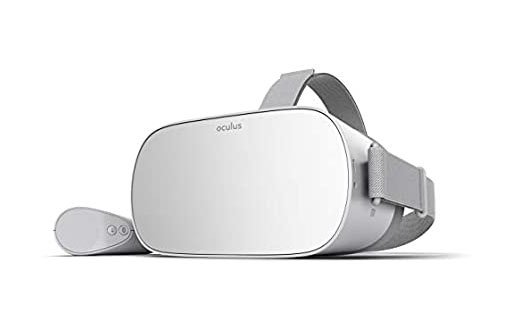
The Oculus Quest VR headset combines a wire-free experience with six-degrees-of-freedom motion tracking and two controllers, all without the need for a separate computer to use it.
PROS and CONS
+ Mixed Reality.
+ Full 6DOF motion tracking with dual controllers.
+ Sharp display.
+ Some excellent games are already available.
+ Wireless.
- Less powerful and has a slightly lower refresh rate than high-end tethered VR headsets.
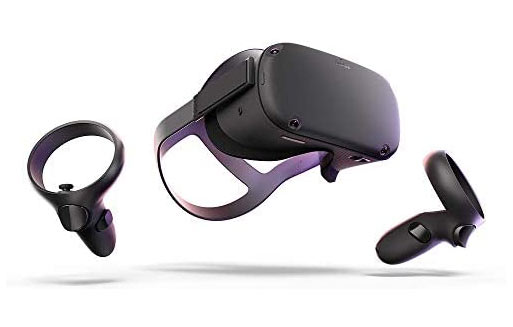
The Oculus Rift S improves on the previous Rift headset with a sharper screen and a camera array that doesn't require external sensors.
PROS and CONS
+ Full software library.
+ Accurate motion tracking for both headset and controllers.
+ Easy to set up.
- Still uses a physical cable to connect to a PC.
- DisplayPort-only; no HDMI.
- SteamVR requires tinkering to use.
- Lower resolution than the Oculus Quest.
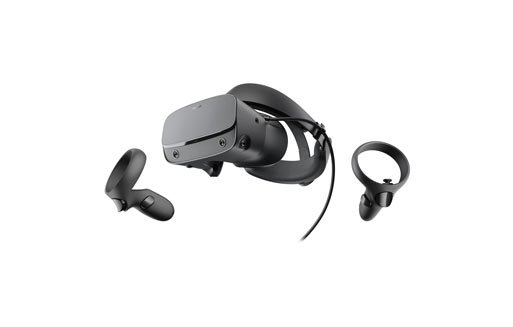
The Sony PlayStation VR headset brings powerful, compelling virtual reality, with motion control support, to the PlayStation 4.
PROS and CONS
+ Best for gaming.
+ Immersive VR experience.
+ Low cost of entry compared with PC-based headsets.
+ Works with non-VR apps and games.
+ Motion control support.
- Slightly less powerful than its main competitors.
- Requires PlayStation Camera, which is not included.
- Some motion-tracking hiccups when playing in brightly lit rooms.
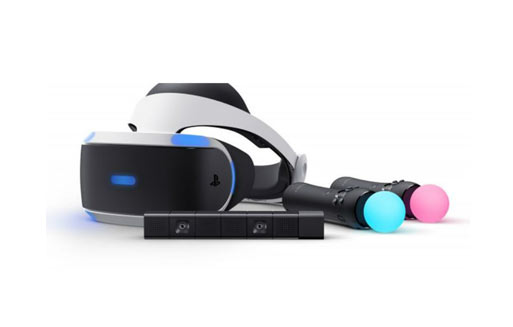
The HTC Vive Cosmos VR headset is a technically impressive improvement on the original Vive, but it's very expensive and you still have to deal with a cable.
PROS and CONS
+ Large software library with Viveport and SteamVR.
+ Improved motion controls.
+ Doesn't require external sensors.
+ Sharp display.
- Requires a full-size DisplayPort 1.2 port.
- Expensive.
- Clunky cable.
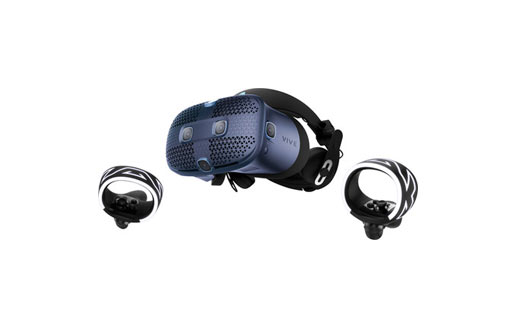
ladies. gents. thanx for reading our vr headset comparision. if you have any vr projects or 360 video production projects, drop to an email to vr company nsocial or 360 video agency nsocial.